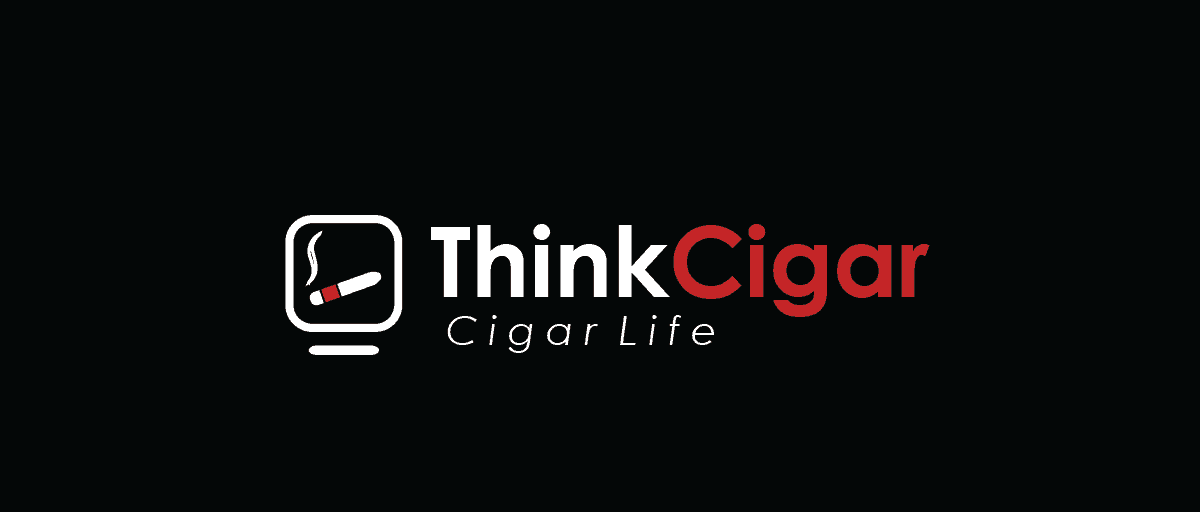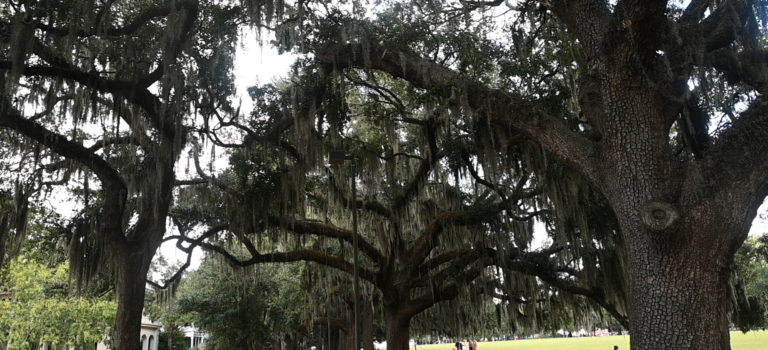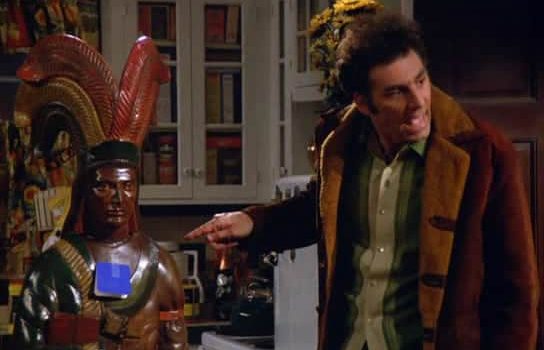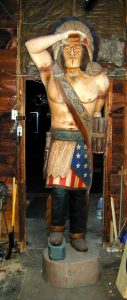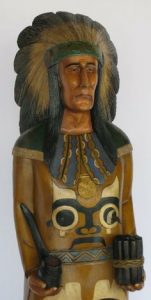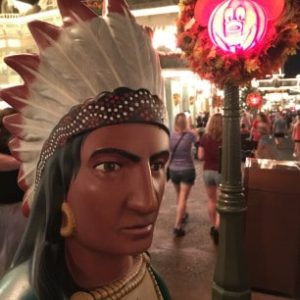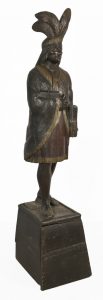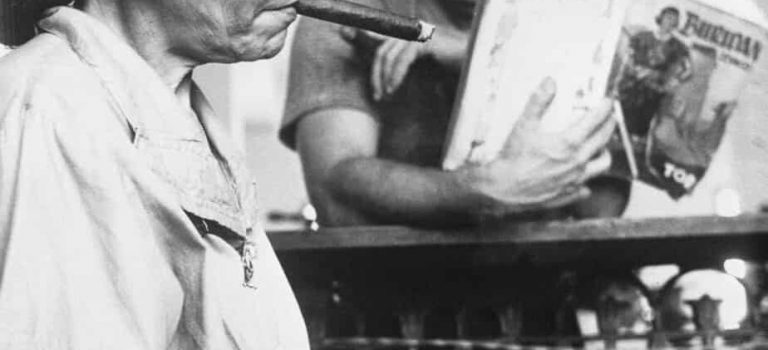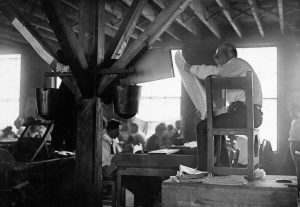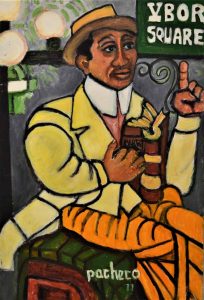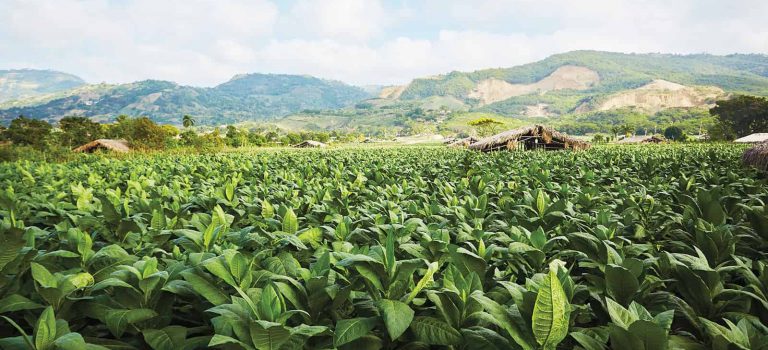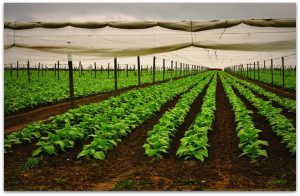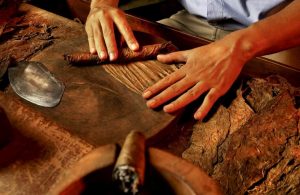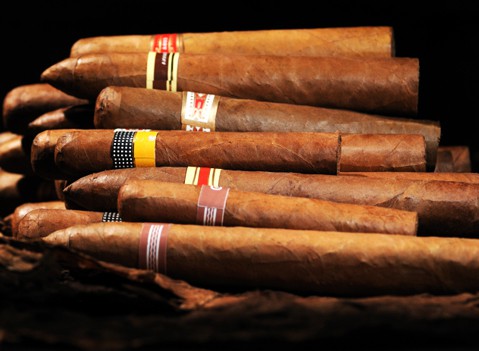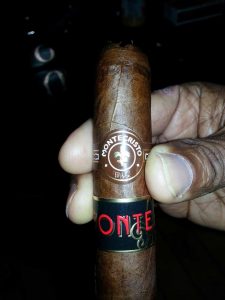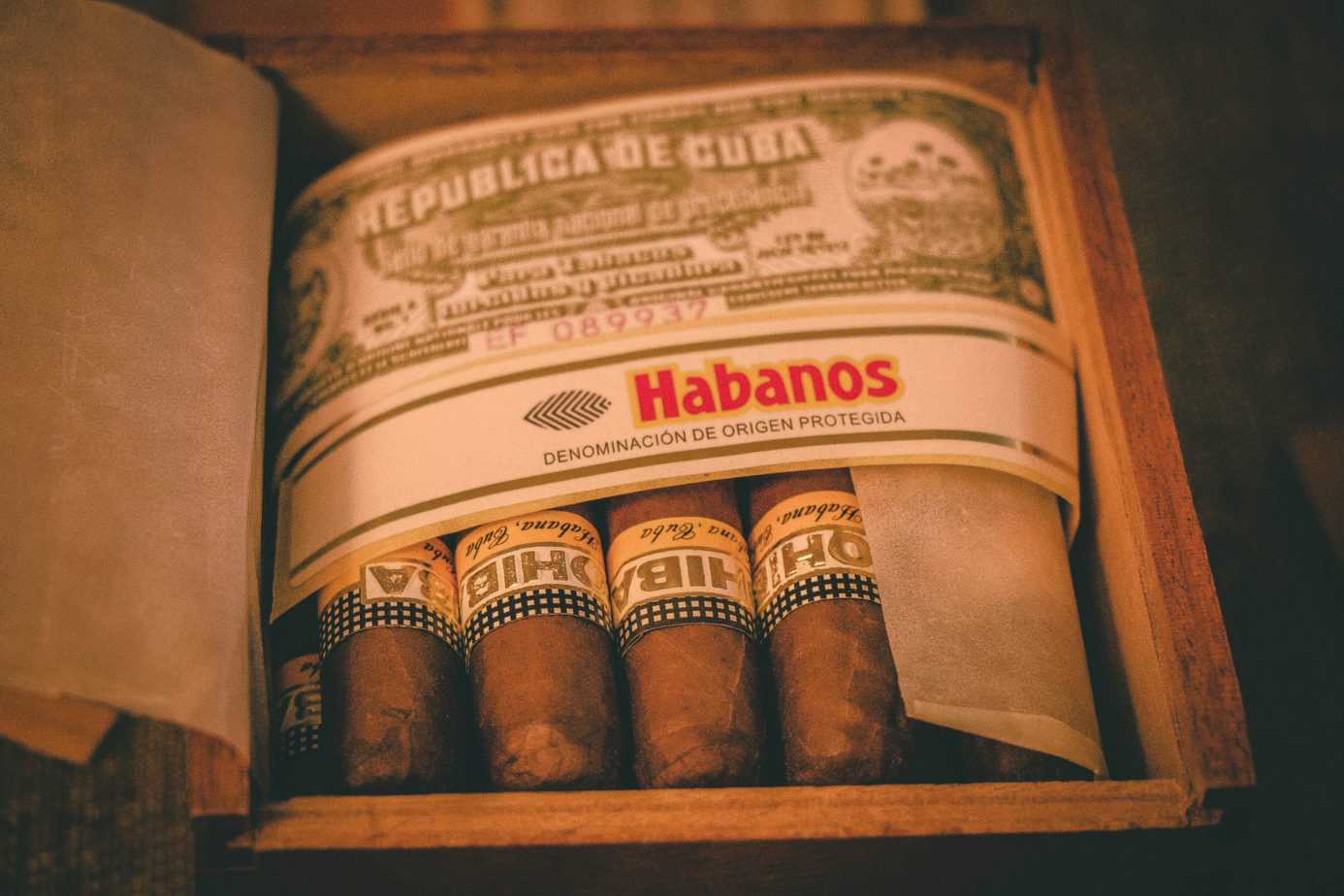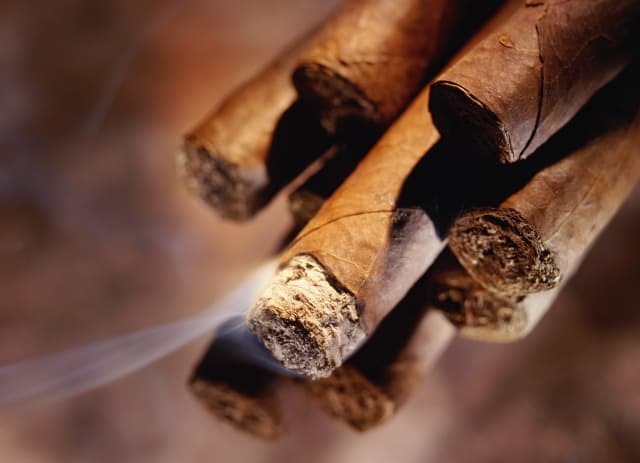Soft and sultry nights, sleepy Spanish Moss and Florida reminiscent palm trees,
cobblestone moments hunting established shrimp & grits chased with local
oysters and a mint julep cocktail…quintessential southern vibes y’all !
Before we get into the intended focus of this post, let’s fix the back drop with a little bit of history:
Referred to as “The Hostess City of the South,” Savannah is the oldest city in Georgia and has a long and colorful history that attracts millions of visitors each year. From cobblestone streets and public parks to some of the most unique Antebellum architecture of the South, Savannah is an old beauty that has aged with grace.
Established in 1733 when General James Oglethorpe and 120 fellow passengers on the ship Anne landed on a bluff along the Savannah River, Oglethorpe named the 13th and final American colony Georgia after England’s King George II. Savannah became the first city of this new land.
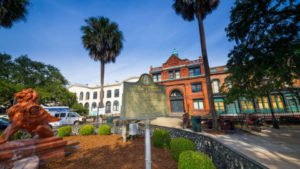
Driving from Atlanta to Savannah in hopes of finding cigar nirvana (my ultimate cigar lifestyle-south) , after almost three hours of driving the city limits of Savannah welcomed us with promise and threats of a good time, active day-and-night life…palatable coastal south energy.
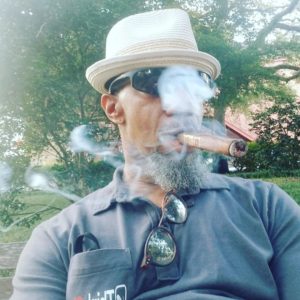
I had planned to visit a couple of cigar smoke shops while in Savannah, talking and smoking with some of the locals in their favorite spots. My first stop would be the “Ye Ole Tobacco Shop” on 130 E Bay Street in Rousakis Riverfront plaza, on Factors walk right in the heart of the historic district. Upon walking in you see the walk-in humidor straight ahead and to the right, the counter and other offerings to the left…but no visible seating. After speaking with the clerk I was informed of a horrifying fact. YOU ARE NOT ALLOWED TO SIT AND SMOKE YOUR CIGAR IN ANY OF THE CIGAR SHOPS IN SAVANNAH.

This was a shocking revelation I hadn’t even considered, no in-store smoking culture, no leather chair banter, no opposing political views, no relationship building caused by the leaf…WHAT THE HELL ! Anyway, they had a nice selection with friendly and knowledgable service, accessories and some related clothing, and a great representation of a cigar store Indian. I would absolutely recommend stoping by when in the old city.
The next stop would be Exotic cigars 507 East River Street
River street is the real tourist stomping ground in Savannah, this store is about twice the size of the previous mentioned with a lager selection of cigars and accessories, it’s well worth the visit.
So how are we to enjoy a quality smoke in this historic haunt ? My preferred solution, grab your favorite libation from one of the many drinking establishments on River street, find one of the countless benches by the water on River street (it’s legal to drink outdoors) , light-up and enjoy the activity on and off the water…pretty amazing in the fall.
We also took the 20 minute drive from Savannah to Tybee Island, a really enjoyable beach town with spring break charm; but just don’t expect to find your choice of cigar establishments, in fact, I could only find one (1) place to purchase a cigar from. Dizzy Dean’s discount beer and wine on 1516 Butler avenue
Surprisingly, they did have quality cigars in their single humidor cabinet, so if you end up in Tybee without your own cigars, at least you do have an option. Just remember, in the state of Georgia on Sunday’s alcohol isn’t sold before 12:30pm , so plan accordingly if you end up in that predicament.
Hope this was helpful and encourages you to visit the Savannah/Tybee area. Enjoy and stay smokey brothers and sisters of the leaf.
